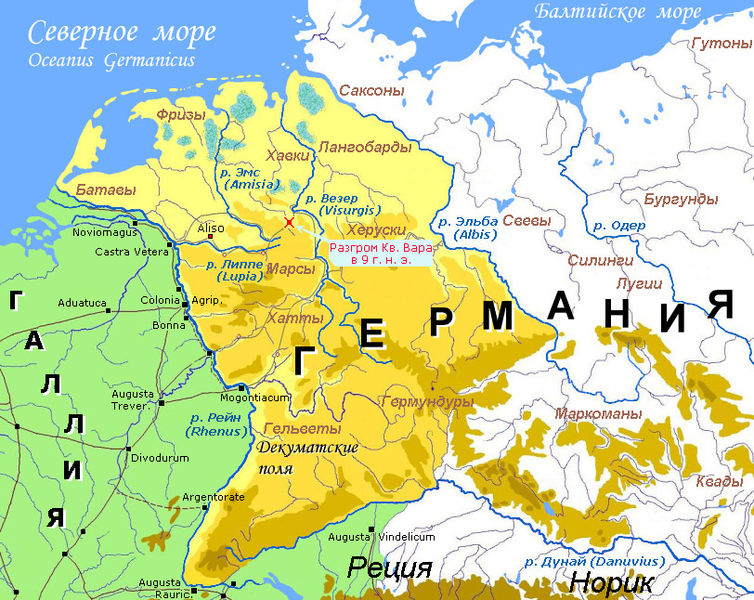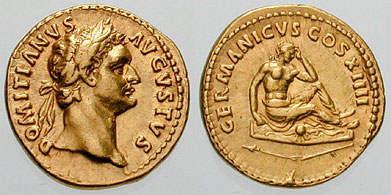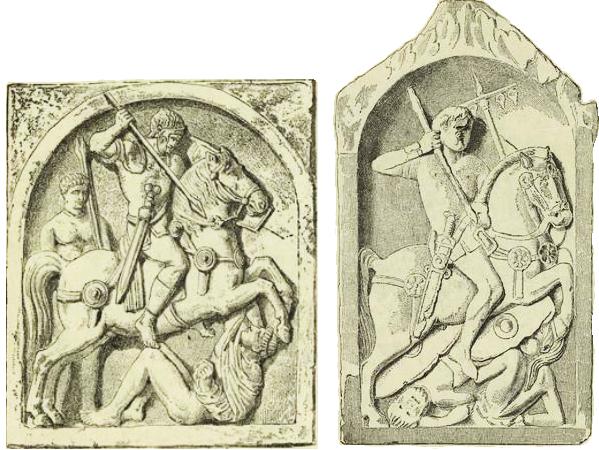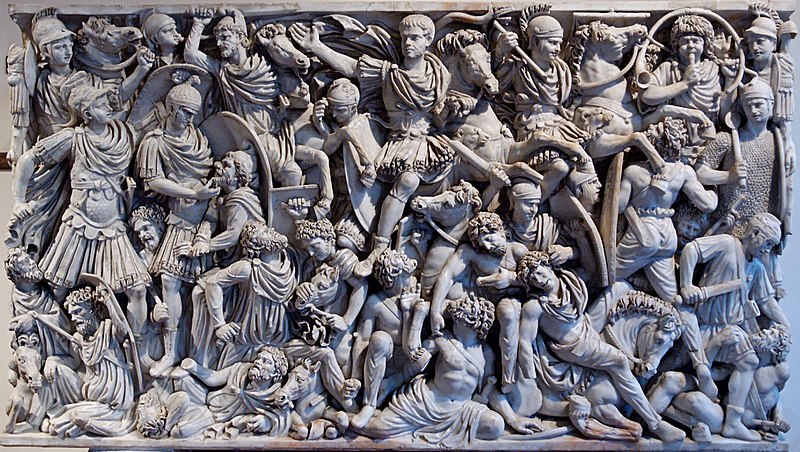Germanic Peoples
The Germanic peoples (Latin: Germani) were a group of related tribes belonging to the Indo-European language family, who inhabited the territory of present-day Denmark and the southern coasts of Norway and Sweden. By the 5th century CE, Germanic tribes had spread across a vast area between the Rhine and Vistula rivers from west to east, and from the Danube River in the south to the Dnieper River and the Sea of Azov in the southeast.
The term "Germanic" is used to refer to peoples who primarily spoke Germanic languages and lived from the Bronze Age until the end of the Migration Period. By the 7th century, due to migrations, the ancient Germanic peoples had mixed with other groups and contributed to the formation of many other European nations.
 Map of Germania in the Early 1st Century CE
Map of Germania in the Early 1st Century CE
The Germanic peoples as an ethnic group formed in northern Europe from Indo-European tribes that settled in the region of Jutland, the lower Elbe, and southern Scandinavia. The Romans only began to distinguish the Germanic peoples as a separate ethnic group from the 1st century BCE. The idea that the expansion of Germanic tribes into neighboring areas should be dated to the beginning of the Common Era is now considered erroneous. It is known that tribal groups speaking early dialects of the Proto-Germanic language began moving south from Scandinavia and Jutland as early as the 2nd century BCE. By the 3rd century CE, the Germanic peoples were attacking the northern borders of the Roman Empire along the entire frontier, and in the 5th century, during the Great Migration, they played a role in the destruction of the Western Roman Empire, spreading across Europe from England and Spain to Crimea and even the North African coast.
For a long time, the ancient world knew little about the Germanic peoples, who were separated from them by Celtic and Scythian-Sarmatian tribes. The first mention of Germanic tribes was made by the Greek navigator Pytheas of Massalia (modern Marseille), who, during the time of Alexander the Great (late 4th century BCE), undertook a voyage to the shores of the North Sea and, presumably, the Baltic.
The Romans first encountered the Germanic peoples during the fearsome invasion of the Cimbri and Teutones (113–101 BCE), who, during their migration from Jutland, ravaged northern Italy and Gaul. Contemporary accounts perceived these tribes as hordes of northern barbarians from unknown distant lands. In descriptions of their customs, made by later authors, it is difficult to separate artistic fiction from reality.
 A Roman Gold Coin (Aureus) of Emperor Domitian (81–96 CE) Depicting a Captive German on a Shield
A Roman Gold Coin (Aureus) of Emperor Domitian (81–96 CE) Depicting a Captive German on a Shield
The earliest ethnographic information about the Germanic peoples was provided by Julius Caesar. By the mid-1st century BCE, he had conquered Gaul, bringing him to the Rhine River and into conflict with the Germanic tribes. By the end of the 1st century BCE, Roman legions had advanced as far as the Elbe River, and in the 1st century, works appeared that detailed the settlement of the Germanic tribes, their social organization, and customs.
The wars between the Roman Empire and the Germanic tribes began with their earliest encounters and continued with varying intensity throughout the early centuries CE. The most famous battle was the Battle of the Teutoburg Forest in 9 CE, when rebellious tribes annihilated three Roman legions in central Germania. Rome managed to subdue only a small part of the territories inhabited by the Germanic peoples beyond the Rhine. In the second half of the 1st century CE, the Empire shifted to a defensive strategy along the Rhine and Danube rivers and the Upper Germanic-Rhaetian Limes, repelling Germanic raids and conducting punitive expeditions into their lands. Raids occurred along the entire frontier, with the Danube being especially targeted, as Germanic tribes settled on its left bank during their expansion south and east.
 Relief of Germanic Cavalry in Roman Service, Found in Mainz, Germany, 1st-2nd Century CE
Relief of Germanic Cavalry in Roman Service, Found in Mainz, Germany, 1st-2nd Century CE
In the 250s–270s, the Roman-Germanic wars threatened the very existence of the empire. In 251, Emperor Decius fell in battle against the Goths, who had settled in the northern Black Sea region, leading to their devastating land and sea raids into Greece, Thrace, and Asia Minor. In the 270s, the empire was forced to abandon Dacia (the only Roman province on the left bank of the Danube) due to increased pressure from Germanic and Sarmatian tribes. The Upper Germanic-Rhaetian Limes was abandoned due to pressure from the Alemanni, and the empire's new defensive boundary between the Rhine and Danube became the more defensible Danube-Iller-Rhine Limes. The empire withstood the attacks of the barbarians, but in the 370s, the Great Migration began, during which Germanic tribes penetrated and settled within the lands of the Roman Empire.
 A Battle Between Romans and Germans Around 252 CE. It is Believed to Depict a Battle Between Roman Forces and the Goths.
A Battle Between Romans and Germans Around 252 CE. It is Believed to Depict a Battle Between Roman Forces and the Goths.
Related topics
Antiquity, Rome, Fall of the Western Roman Empire
Literature
- H. J. Eggers, E. Will, R. Joffroy, W. Holmqvist. Les Celtes et les Germains à l'époque païenne. Paris, 1965, pp. 7-12.
- Germans, Encyclopedic Dictionary of Brockhaus and Efron.
- Ammianus Marcellinus. Roman History. Moscow: AST, 2005.
- Gaius Julius Caesar. Commentaries on the Gallic War. Moscow: AST, Ladomir, 2007.
- Jordanes. The Origin and Deeds of the Goths. St. Petersburg: Aletheia, 1997.
- Cornelius Tacitus. The Origin of the Germans and the Location of Germania // Cornelius Tacitus. Works in Two Volumes. Vol.1. Annals. Minor Works. Leningrad: Nauka, 1969.


